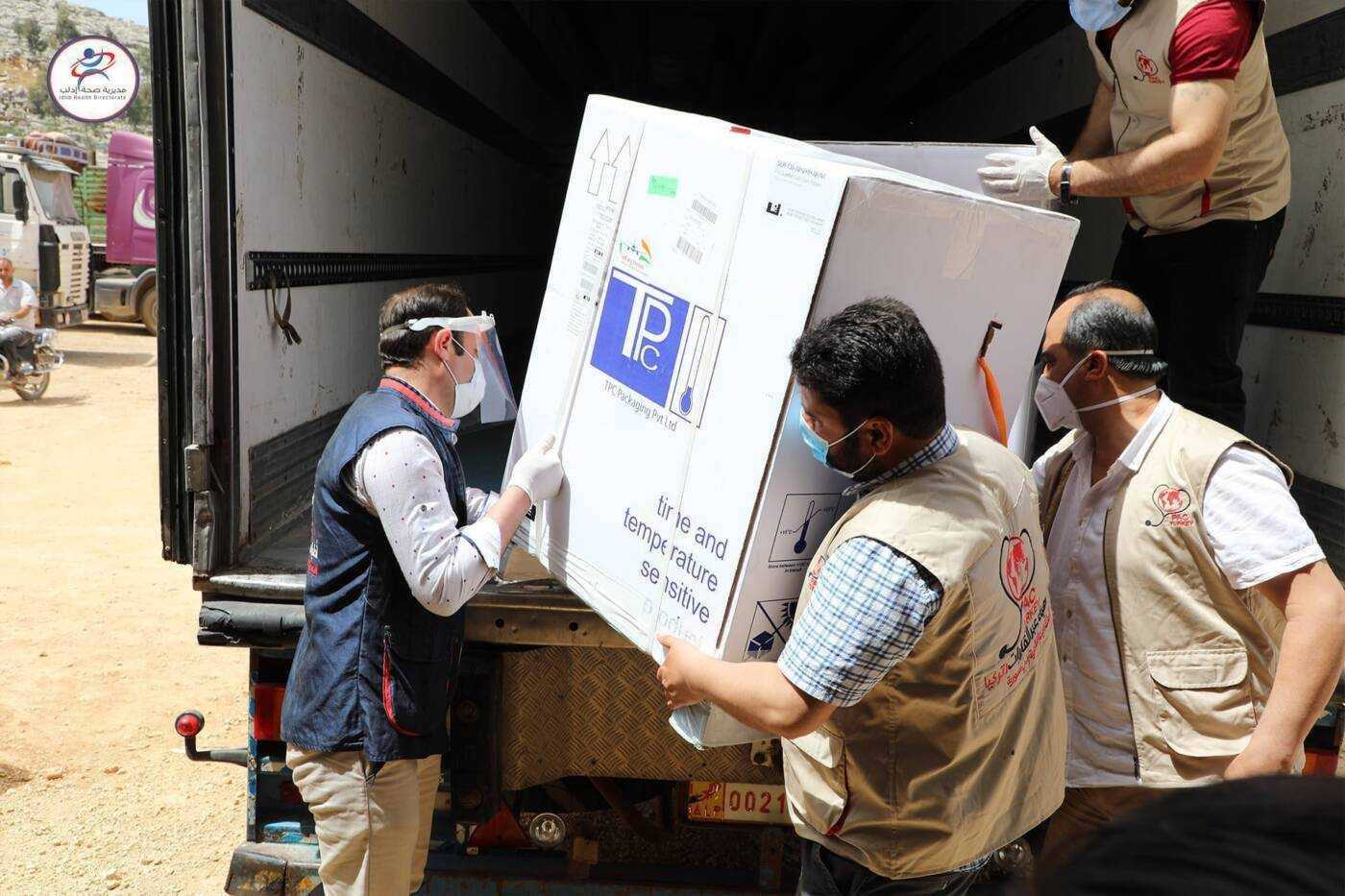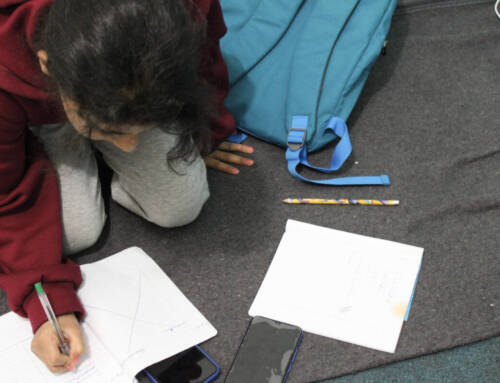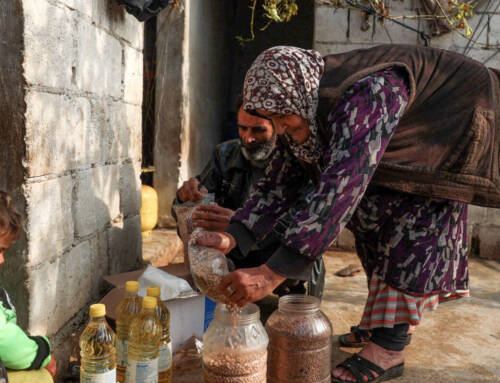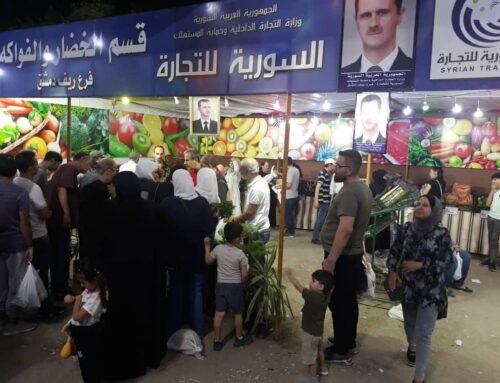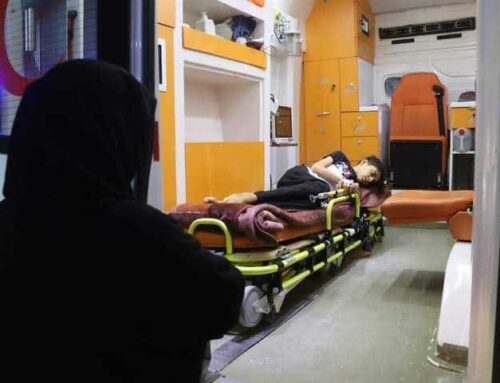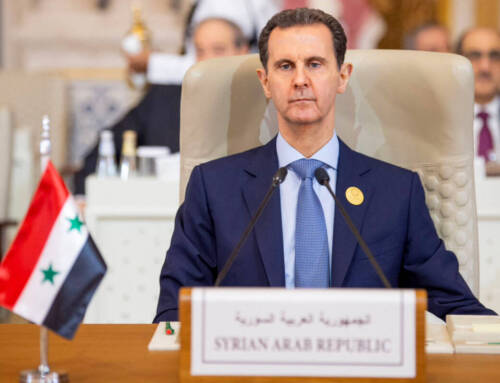COVID-19 vaccines reach Syria amid warnings of discrimination in access
Syria is facing a new wave of COVID-19 infections, and there is growing concern around just distribution and access to the life-saving vaccines.
4 May 2021
AMMAN — On May 1, a three-week COVID-19 vaccination campaign targeting medical workers began in northwest Syria. The start of vaccinations follows the recent arrival of vaccines in the country.
On April 24, the Syrian regime received 150,000 doses of the Sinopharm COVID-19 vaccine from China. It was the second batch to arrive in Damascus, days after 203,000 out of a total 256,800 AstraZeneca doses for Syria were received through the COVID-19 Vaccines Global Access Facility (COVAX) initiative. The remaining 53,800 doses were for opposition areas in northwest Syria.
The COVAX vaccines arrived in two separate shipments on April 21: the first sent to Damascus and the second to northwest Syria via Turkey. The Autonomous Administration of North and East Syria (AANES) has yet to receive its 90,000 doses, which are to arrive from Damascus.
In March, Syria saw an increase in COVID-19 infections, heralding a second, more severe wave amid dwindling capabilities and decreased funding.
According to UNICEF, a main implementing partner in COVAX, this batch of AstraZeneca vaccines (from the Serum Institute of India) “will be allocated to frontline health workers, including health workers in northeast Syria,” as well as the northwest.
“The first batch of vaccines [is meant to be] enough for three percent of the population,” Minister of Health in the opposition-affiliated Syrian Interim Government, Maram al-Sheikh, told Syria Direct. He expects “the remaining vaccines, which will arrive in succession until the end of this year, will cover 20 percent.”
Challenges of confronting the pandemic
In March, Syria saw an increase in COVID-19 infections, heralding a second, more severe wave amid dwindling capabilities and decreased funding, multiple sources told Syria Direct.
As of April 26, there were 59,420 officially registered cases and 2,719 deaths. The increase in the number of officially registered cases does not mean “we have entered a second wave, since the infections are still confined to limited community clusters,” said al-Sheikh. But it “foreshadows the possibility of us entering a new wave.”
Hussam Karah Muhammad, the doctor responsible for the Idlib Health Directorate’s COVID-19 response, warned that “even if the numbers are quietly increasing, they do not bode well.” He explained that the recorded cases are “within unconnected clusters, meaning the number of contacts is greater and the source is unknown.”
In an effort to confront the rise of cases in northwest Syria, the Idlib Health Directorate has advised “survey teams to take more [test] swabs to try to find positive cases and quarantine them,” the doctor said. He estimated the number of daily tests at “only about 500, determined by the available capacities and people’s turnout at screening centers.” The directorate is also “working to ensure that hospitals for people infected with COVID-19 and the isolation hospitals are on alert.”
Apart from that, northwest Syria has not seen drastic measures to combat the virus, such as suspending school and imposing a partial or total curfew. The medical authorities concerned with COVID-19 are “less prepared than before because support is low and not many cases have been registered in recent months,” said Mohamed Salem, a doctor with the Assistance Coordination Unit at the Early Warning, Alert and Response Network (EWARN).
Idlib province has 16 isolation centers, “some of which are under threat of closure due to the end of support grants,” said Hussam Karah Muhammad. There are an additional “six dedicated hospitals for COVID-19 in Idlib and north Aleppo, excluding Afrin.”
In northeast Syria, the AANES confronted the new wave by imposing a total curfew in the cities of Raqqa, Qamishli and Hasakah because infection rates there were higher than other areas, in which it imposed a partial curfew of shop closures from 4pm to 6am. But the continued tally of large numbers of cases drove the AANES to impose a comprehensive curfew in all areas under its control from April 13 to April 22, with a partial curfew extended for all areas until April 29. A complete curfew was held in place in Hasakah province, Tabqa city and the western Raqqa countryside.
AANES territories have 17 specialized health centers for people with confirmed or suspected COVID-19 infections: four in Hasakah province; two in Manbij city, in the eastern Aleppo countryside; two in Tabqa city; two in Raqqa city; five in Deir e-Zor province; and one each in Ain Issa and Ain al-Arab.
Northeast Syria, too, suffers from a funding problem. According to one medical source who wished to remain anonymous in Deir e-Zor, funding for the COVID-19 department at the al-Kasra Hospital and the al-Saawah and Muhaimadah centers in the western Deir e-Zor countryside ended in late March. “They are still operating without funding as the AANES will bear the costs,” he explained, “but at a reduced capacity.”
The Damascus government has taken a series of precautionary measures to address the increase in COVID-19 cases. These included ending the school year early for kindergarten and primary education (first through fourth grades) and suspending middle school classes (fifth through eighth grades) starting on April 5, with final exams being held between April 25 and April 29.
A 10-day reduction in work hours at ministries and state institutions was also announced, with the decision in effect as of April 15. But despite a continued rise in case numbers in areas controlled by the Damascus government, the team concerned with measures to address the pandemic chose “not to extend the decision to suspend work or reduce the percentage of working hours for public sector employees.”
Justice in vaccine distribution
In Damascus government areas, where bribes and cronyism are rife, it is not far-fetched that “discrimination occurs between citizens with an equal right to receive the vaccine,” one Damascus resident told Syria Direct, requesting anonymity. “Someone with influence [wasta] in the country gets what they want, regardless of whether the conditions apply to them or not.”
The source doubts the commitment of Damascus to “the plan to provide the COVID-19 vaccine to citizens,” citing “discrimination in access to medical service in public hospitals, especially during the pandemic, whether in terms of service provision, attention or care,” he said.
Human Rights Watch (HRW) has warned of discrimination in vaccine distribution in Damascus government areas, stressing the need to “guarantee equitable distribution of vaccines inside government-held Syria, based on needs and vulnerabilities.”
The Damascus government’s Ministry of Health announced on April 24 that it would begin the vaccination program for medical personnel, then “turn to citizens, especially the elderly and those suffering from chronic illnesses” and announced the launch of a web platform to coordinate requests for the vaccine.
On a larger scale, the delivery of the AstraZeneca vaccines for northeastern Syria through Damascus could threaten their arrival for some two million people living there, according to HRW. “Although the Syrian government bears primary responsibility for providing health care to everyone in its territory, it has repeatedly withheld vital food, medicine, and aid from political opponents and civilians.”
A medical source in the AANES told Syria Direct that he expects “the vaccines intended for northeast Syria to arrive throughout May,” but expressed concern of “the regime using the vaccines as a bargaining chip, especially since it continues to close the crossings with the AANES.”
**
This report was originally published in Arabic and translated into English by Mateo Nelson.

